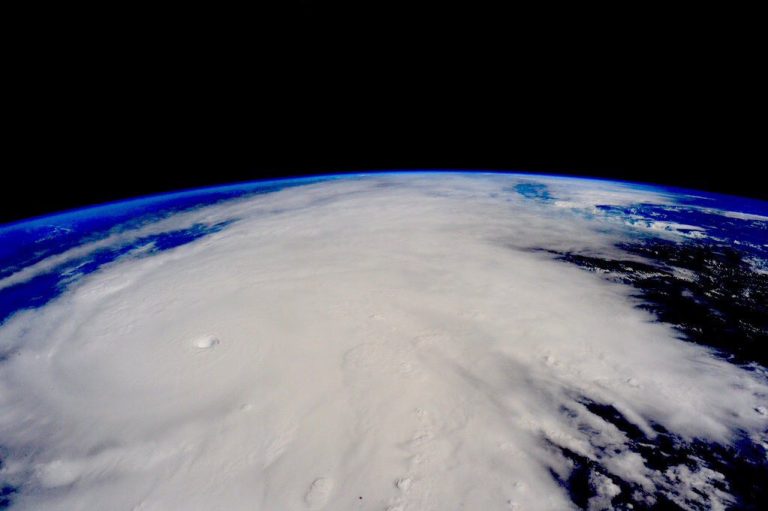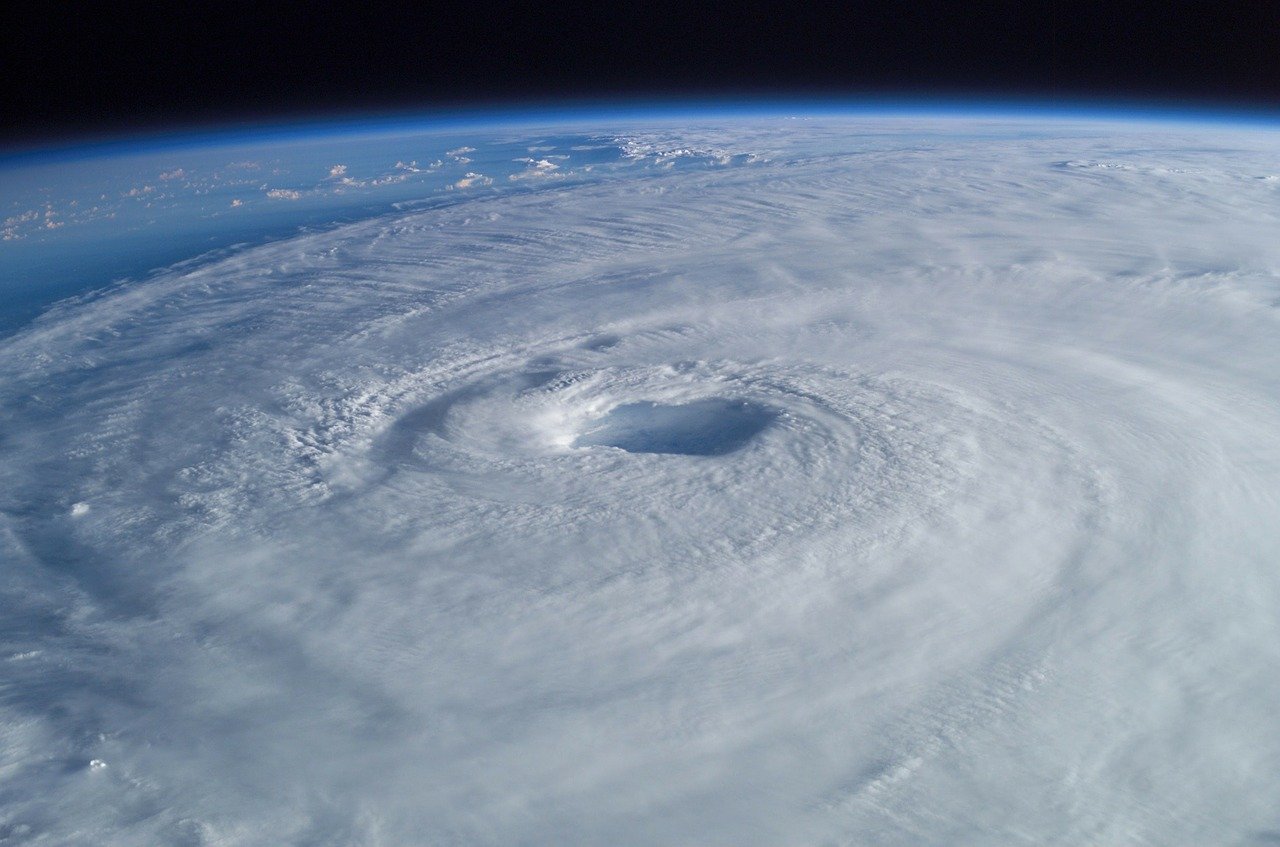Alright folks, let’s dive straight into the stormy world of weather phenomena. What’s the difference between a cyclone and a hurricane? If you’ve ever been confused about these terms, you’re definitely not alone. These natural events are often used interchangeably, but they’re not exactly the same thing. Stick around, and we’ll break it all down for you in a way that’s easy to understand and packed with useful info. So, buckle up and let’s ride this weather adventure together!
You’ve probably heard these terms on the news, especially during the peak of storm seasons. Whether it’s a cyclone rampaging through the Pacific or a hurricane making headlines in the Atlantic, understanding the terminology can help you stay informed and prepared. And trust me, when Mother Nature gets cranky, it pays to know what you’re dealing with.
Let’s face it, weather can be wild, unpredictable, and downright scary at times. But by the end of this article, you’ll have a clear picture of the differences between these powerful weather systems and why they matter. Ready? Let’s get started!
Understanding the Basics of Cyclones and Hurricanes
Before we dive deep into the nitty-gritty, let’s lay some groundwork. A cyclone and a hurricane are essentially the same thing, but they go by different names depending on where they occur. Think of it like calling a soda "pop" in one region and "soda" in another. Same drink, different name, right?
Here’s the deal: both are rotating storm systems characterized by strong winds, heavy rain, and the potential for massive destruction. They form over warm ocean waters and derive their energy from the heat released when moist air rises and condenses. But here’s the twist—what you call them depends on the part of the world they hit.
Where Do Cyclones and Hurricanes Happen?
Let’s break it down by location:
- Hurricanes: These occur in the Atlantic Ocean and the northeastern Pacific Ocean. Think of places like the United States, the Caribbean, and parts of Central America.
- Cyclones: These are common in the South Pacific and the Indian Ocean. Countries like Australia, India, and Bangladesh often experience cyclones.
- Typhoons: Oh, and let’s not forget typhoons! These are the same storms but occur in the northwestern Pacific Ocean, affecting places like Japan, the Philippines, and Southeast Asia.
See? It’s all about location, location, location!
Key Differences Between Cyclones and Hurricanes
Now that we’ve got the basics out of the way, let’s talk about the specifics. While cyclones and hurricanes share many similarities, there are a few key differences that set them apart.
1. Naming Conventions
As we’ve already mentioned, the main difference lies in the terminology. The term "hurricane" is used in the Atlantic and northeastern Pacific, while "cyclone" is the go-to term in the South Pacific and Indian Ocean. Meanwhile, "typhoon" is the name given to these storms in the northwestern Pacific. It’s like a global weather naming convention!
2. Geographic Zones
The regions where these storms occur play a huge role in how they’re classified. For example, a storm that forms near the Philippines might be called a typhoon, while the same storm near Australia would be labeled a cyclone. It’s all about where it happens!
3. Cultural Perceptions
Believe it or not, cultural factors also influence how these storms are perceived. In some regions, the word "hurricane" carries a stronger emotional weight due to historical events like Hurricane Katrina or Hurricane Sandy. In contrast, cyclones might evoke memories of devastating storms in countries like India or Bangladesh.
The Science Behind These Storms
Alright, let’s get a little nerdy for a moment. How do these storms actually form? It all starts with warm ocean water, which acts as the fuel for these massive weather systems. When water temperatures reach around 26.5°C (79.7°F) or higher, conditions are ripe for storm formation.
Here’s how it works:
- Warm water evaporates, creating moisture-laden air.
- This air rises and cools, forming clouds and releasing heat.
- The released heat causes the air to rise even faster, creating a feedback loop.
- As the system grows, it begins to rotate due to the Earth’s rotation (thanks, Coriolis effect!).
Voilà! You’ve got yourself a tropical storm, which can eventually develop into a full-blown hurricane, cyclone, or typhoon.
Measuring the Strength of Cyclones and Hurricanes
When it comes to measuring the intensity of these storms, meteorologists use different scales depending on the region:
- Saffir-Simpson Scale: Used for hurricanes in the Atlantic and northeastern Pacific, this scale rates storms from Category 1 to Category 5 based on wind speed.
- Australian Cyclone Scale: In Australia, cyclones are classified from Category 1 to Category 5, with similar criteria to the Saffir-Simpson Scale.
- Japan Meteorological Agency Typhoon Scale: This scale uses terms like "strong" and "violent" to describe typhoon intensity.
It’s fascinating how each region has its own way of categorizing these storms, isn’t it?
Impact on Communities and Ecosystems
While cyclones and hurricanes might sound cool in theory, their real-world impact can be absolutely devastating. These storms bring with them a host of dangers, including:
- Strong winds that can destroy buildings and infrastructure.
- Heavy rainfall leading to flooding and landslides.
- Storm surges that can inundate coastal areas.
Communities in the path of these storms often face long-lasting consequences, from loss of life and property to disruptions in daily life. That’s why early warning systems and preparedness are so crucial.
Case Studies: Notable Cyclones and Hurricanes
Let’s take a look at a couple of famous storms to illustrate their impact:
- Hurricane Katrina (2005): One of the deadliest and costliest hurricanes in U.S. history, Katrina caused widespread destruction along the Gulf Coast, particularly in New Orleans.
- Cyclone Nargis (2008): This devastating cyclone hit Myanmar, causing massive flooding and leaving over 138,000 people dead or missing.
These examples highlight the importance of understanding and preparing for these powerful weather events.
How Climate Change Affects Cyclones and Hurricanes
Now, let’s talk about the elephant in the room—climate change. Scientists have been warning us for years that global warming is likely to intensify these storms. Warmer ocean temperatures mean more energy for storms to draw from, potentially leading to stronger and more frequent hurricanes, cyclones, and typhoons.
Studies have shown that the frequency of Category 4 and 5 storms has been increasing over the past few decades. This trend is alarming and underscores the urgent need for action to mitigate climate change.
What Can We Do?
While the science can feel overwhelming, there are steps we can take to make a difference:
- Reduce carbon emissions by adopting cleaner energy sources.
- Support policies aimed at combating climate change.
- Invest in disaster preparedness and resilience-building measures.
Every little bit helps, and together, we can work towards a more sustainable future.
Myths and Misconceptions About Cyclones and Hurricanes
Let’s clear up some common misconceptions about these storms:
- Myth: Cyclones only happen in tropical regions.
Fact: While they are most common in tropical areas, they can also occur in subtropical regions under the right conditions. - Myth: Hurricanes are always more dangerous than cyclones.
Fact: The danger depends on the storm’s intensity, not its name.
Understanding the facts can help us stay better informed and prepared.
Staying Safe During a Cyclone or Hurricane
If you find yourself in the path of one of these storms, here are some tips to keep you safe:
- Stay informed by monitoring weather updates and emergency alerts.
- Secure your home by boarding up windows and reinforcing doors.
- Prepare an emergency kit with food, water, and essential supplies.
Remember, safety should always be your top priority!
Emergency Resources
Here are some useful resources to help you prepare:
Knowledge is power, folks!
Conclusion: Wrapping It All Up
So, there you have it—a comprehensive look at the difference between cyclones and hurricanes. Whether you’re dealing with a hurricane in the Atlantic or a cyclone in the Indian Ocean, understanding these storms can help you stay safe and informed.
Remember, the key takeaway is that these terms refer to the same weather phenomenon but are named differently based on location. And with climate change potentially increasing the intensity of these storms, it’s more important than ever to be prepared.
Now, it’s your turn! Drop a comment below and let us know what you think. Have you ever experienced a cyclone or hurricane? What steps do you take to stay safe? And don’t forget to share this article with your friends and family—it could save a life!
Table of Contents
- Understanding the Basics of Cyclones and Hurricanes
- Key Differences Between Cyclones and Hurricanes
- The Science Behind These Storms
- Impact on Communities and Ecosystems
- How Climate Change Affects Cyclones and Hurricanes
- Myths and Misconceptions About Cyclones and Hurricanes
- Staying Safe During a Cyclone or Hurricane
- Conclusion: Wrapping It All Up


